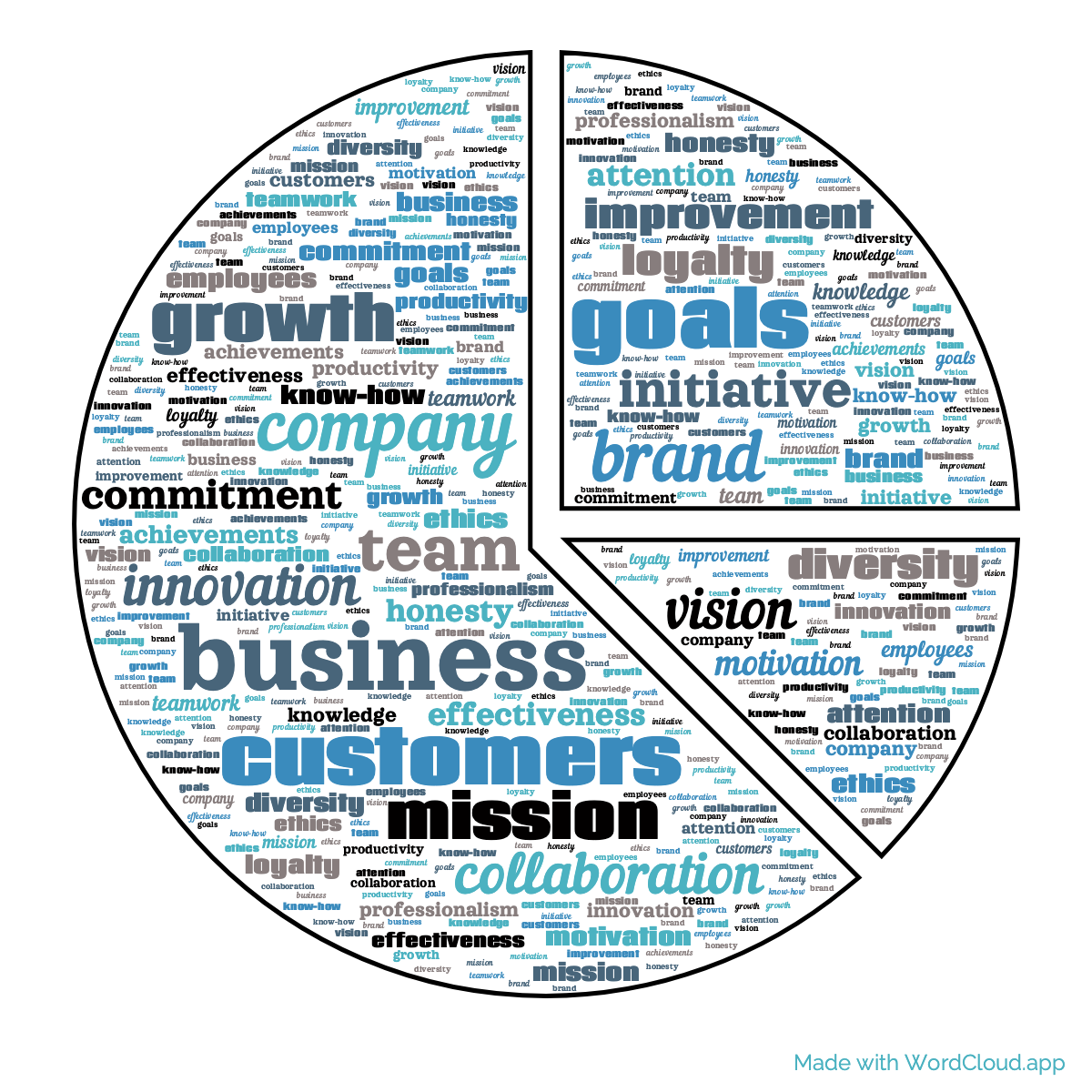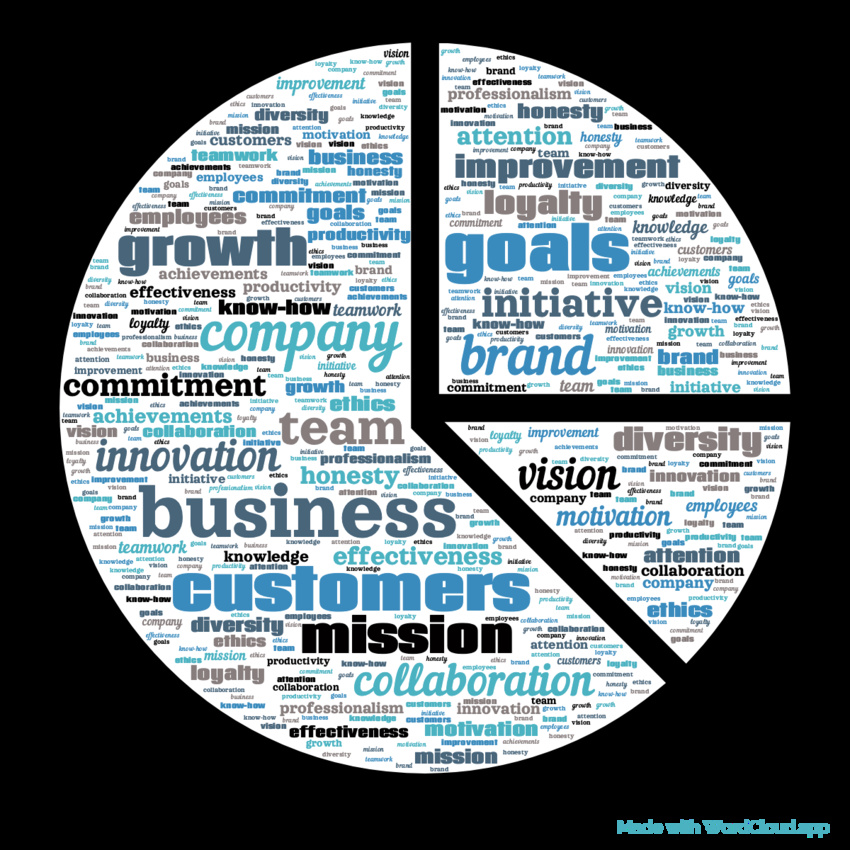Arnaud Brunet holds the position of Executive Director, Portfolio and Sustainability, overseeing SEE's operations in the Europe, Middle East, and Africa (EMEA) region. Drawing upon extensive experience in the food and packaging sectors, he leads a team focused on developing and introducing innovative packaging solutions within the food portfolio. Additionally, he spearheads efforts to advocate for sustainability initiatives throughout the region.
One of the foremost sustainability challenges in the EMEA region revolves around packaging. The European region has been at the forefront of implementing policies aimed at enhancing overall sustainability, such as the European Green Deal ratified in 2020. More recently, there's been a push for policy changes under the European Union’s Packaging and Packaging Waste Regulation, aiming for all packaging to be economically viable for reuse or recycling by 2030.
A significant obstacle for the industry is the lack of uniformity in packaging requirements across European countries and the U.K. This necessitates the development of packaging materials that adhere to various standards while prioritizing product protection.
SEE is actively addressing these challenges through innovation, focusing on three primary areas:
One of the foremost sustainability challenges in the EMEA region revolves around packaging. The European region has been at the forefront of implementing policies aimed at enhancing overall sustainability, such as the European Green Deal ratified in 2020. More recently, there's been a push for policy changes under the European Union’s Packaging and Packaging Waste Regulation, aiming for all packaging to be economically viable for reuse or recycling by 2030.
A significant obstacle for the industry is the lack of uniformity in packaging requirements across European countries and the U.K. This necessitates the development of packaging materials that adhere to various standards while prioritizing product protection.
SEE is actively addressing these challenges through innovation, focusing on three primary areas:
- Product protection: Our packaging solutions mitigate damage and reduce food waste, thereby lessening carbon footprint impacts.
- Designing for recycling: We simplify packaging designs to enhance recyclability.
- Circularity: Collaborating with stakeholders, we drive advancements in material recovery and recycling, with a particular emphasis on chemical recycling.
To meet the sustainability demands of EMEA customers, SEE offers cutting-edge solutions that ensure excellent product protection, minimize packaging usage, and facilitate the integration of automation and digital innovations into customer operations. A prime example is our CRYOVAC® brand barrier display overwrap film, incorporating post-consumer recycled content. These ultra-thin films, utilized for packaging oxygen-sensitive foods like cheese and processed meats, boast the thinnest film on the market, reducing plastic usage overall. They also provide an optimized oxygen barrier to extend shelf life, meet recycling criteria, and contain 30% recycled content suitable for food applications.
We're continuously enhancing our range of shrink barrier bag offerings, introducing innovative food packaging solutions that prioritize both product protection and sustainability. These advancements facilitate the transition from heavy thermoform packs to lighter shrink vacuum bags, contributing to reduced environmental impact.
Furthermore, we're assisting our clients in quantifying and reporting their environmental improvements, particularly in terms of greenhouse gas emissions reduction and waste minimization. By providing tools to measure the benefits of our packaging solutions and the resulting savings from waste reduction, we empower our customers to confidently pursue their sustainability goals.
Addressing circularity in the region is a collaborative effort for our team. In 2020, SEE's EMEA division spearheaded an industry-leading trial in partnership with a cheese processor, a prominent retailer, a chemical recycler, and a polymer manufacturer. The trial aimed to demonstrate the feasibility of closed-loop recycling for complex soft plastic film. Building on this success, we've broadened our initiatives, engaging with additional customers and partners to scale up efforts for material collection, recycling, and reuse. Our vision for circularity combines the efficiency of flexible packaging materials with the innovation of chemical recycling, paving the way for packaging that can be regenerated.
Collaboration is integral to our approach in EMEA, as we work hand in hand with customers to achieve the most sustainable impact. Recognizing that carbon footprint and greenhouse gas emissions are key sustainability metrics, we conduct comprehensive life-cycle assessments encompassing both packaging and the packaged product. Through strategic product design, we achieve optimal packaging performance while minimizing overall environmental impacts.
Moreover, we prioritize "design for circularity" alongside "design for performance." By anticipating future regulatory requirements and implementing design standards that promote sustainability, we aim to simplify the sustainability journey for both customers and consumers. Emphasizing the symbiotic relationship between protecting the packaged product and designing packaging solutions for collection, sorting, and recycling, we ensure a balanced approach that minimizes food waste and maximizes packaging recovery post-use.


 Enhancing Sustainability: Innovative Packaging Solutions & Circular Economy Initiatives
Enhancing Sustainability: Innovative Packaging Solutions & Circular Economy Initiatives





 Companies
Companies